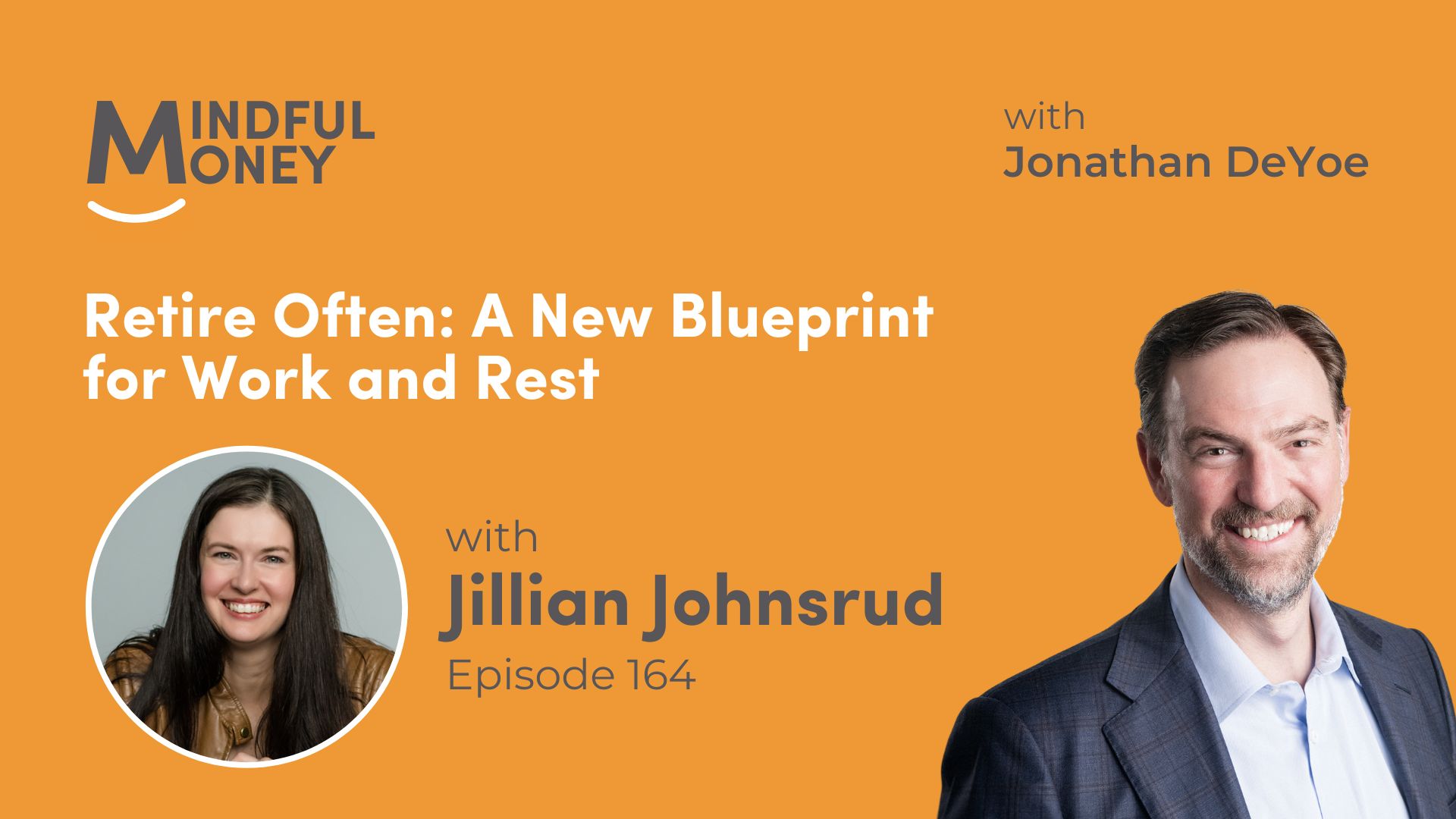The S&P 500 declined 23.6% from it’s all-time high of 4,796.6 on January 3rd to a closing low (so far) of 3,666.8 on June 16th. The index finished its worst first half since 1970 at 3785.4. The violence of the decline peaked in mid-June when the market ran off a streak of five out of seven trading days where 90% of S&P 500 companies closed lower. This is one-sided negativity on a historic scale.
Regardless of any and all other points I wish to make in this short missive, the most urgent is this:
The best way to completely destroy any chance for lifetime investment success has historically been to sell one’s quality equity portfolios in a bear market.
To sell when investor sentiment is sufficiently negative enough to drive 90% of S&P 500 stocks lower on five out of seven trading days – to sell, that is, when everyone else is selling – must strike us as the height of long-term folly.
In Warren Buffet’s words, it is wise for investors to be “fearful when others are greedy, and greedy when others are fearful.”
How do we make sense of what’s going on here? In a general way, I may have made some or all of these points to you previously –
and to the extent I sound like a broken record, bear with me for those who may be hearing it for the first time (or – those who, having heard it in the past, still need to hear it again… and again… and again – they are certainly not alone).
Let’s return to the bottom of the Great Recession on March 9th, 2009. From that panic driven trough, the S&P 500 (with dividends reinvested) compounded at 17.6% annually for the next 12 years, through the end of 2021. At its peak this past January 3rd, the index was up 7 times from its low.
Just sit with that for a moment. This was one of the greatest runs in the whole history of American equities. Over the last 3 years of this period – which encompasses the worst of the pandemic – the average return of the S&P 500 accelerated to 24% annually.
When inflation soared late last year, it became evident that equities’ jaw-dropping advance over those three years had been fueled to an important extent by an excess of fiscal and monetary stimulus mounted to offset the economic devastation of the pandemic. At first the government response to the pandemic worked, and then it worked too well.
In simple terms, the Federal Reserve created too much money, and then left it sloshing around too long.
Milton Friedman taught us that inflation is always and everywhere a monetary phenomenon. Investors now find ourselves having to give back some of the extraordinary 2009-2021 market gains, as the Fed moves belatedly to sop up that excess liquidity by raising interest rates and shrinking its balance sheet.
Yes, there is a war in Eastern Europe and there are supply chain woes of various kinds that have exacerbated inflation, but these are minor irritants. It has been monetary policy seasoned with a bit too much fiscal stimulus that got us in this mess, and monetary policy is required to get us out. The current fear, of course, is that the Fed will put the economy into a recession by over tightening.
For my entire investing career, which is a good decade longer than my advising career, I have viewed (and I continue to view) inflation as the dominant risk to all retirement incomes. Inflation is the singular issue we must overcome if we wish to both retire comfortably and remain comfortably retired. If an economic slowdown over a few calendar quarters (a recession) is what it takes to stamp out the inflation that threatens each of our lifetime retirement incomes, I embrace the slowdown as the lesser of two evils.
With regard to our investment policy, nothing has changed. We are long-term, goal-focused, planning-driven investors. We are asset-allocated according to our well-considered financial plans. We own diversified portfolios of businesses that have demonstrated the ability to increase earnings and dividends over time, thus supporting the increases in their value.
We act continuously on our financial and investment plan; we do not react to current events, no matter how distressing they may be. After 30 months of chaos – the pandemic in several variants, the election that wouldn’t end, roaring inflation, the post-pandemic supply chain mess, a war in Europe, and so on – we are all exhausted. I certainly include myself in this “we.”
This is precisely the moment when the impulse to capitulate – to get to the illusory “safety” of cash – becomes strongest. Consequently, it is also when the impulse must be resisted most strongly. That’s our job.
This too shall pass.





